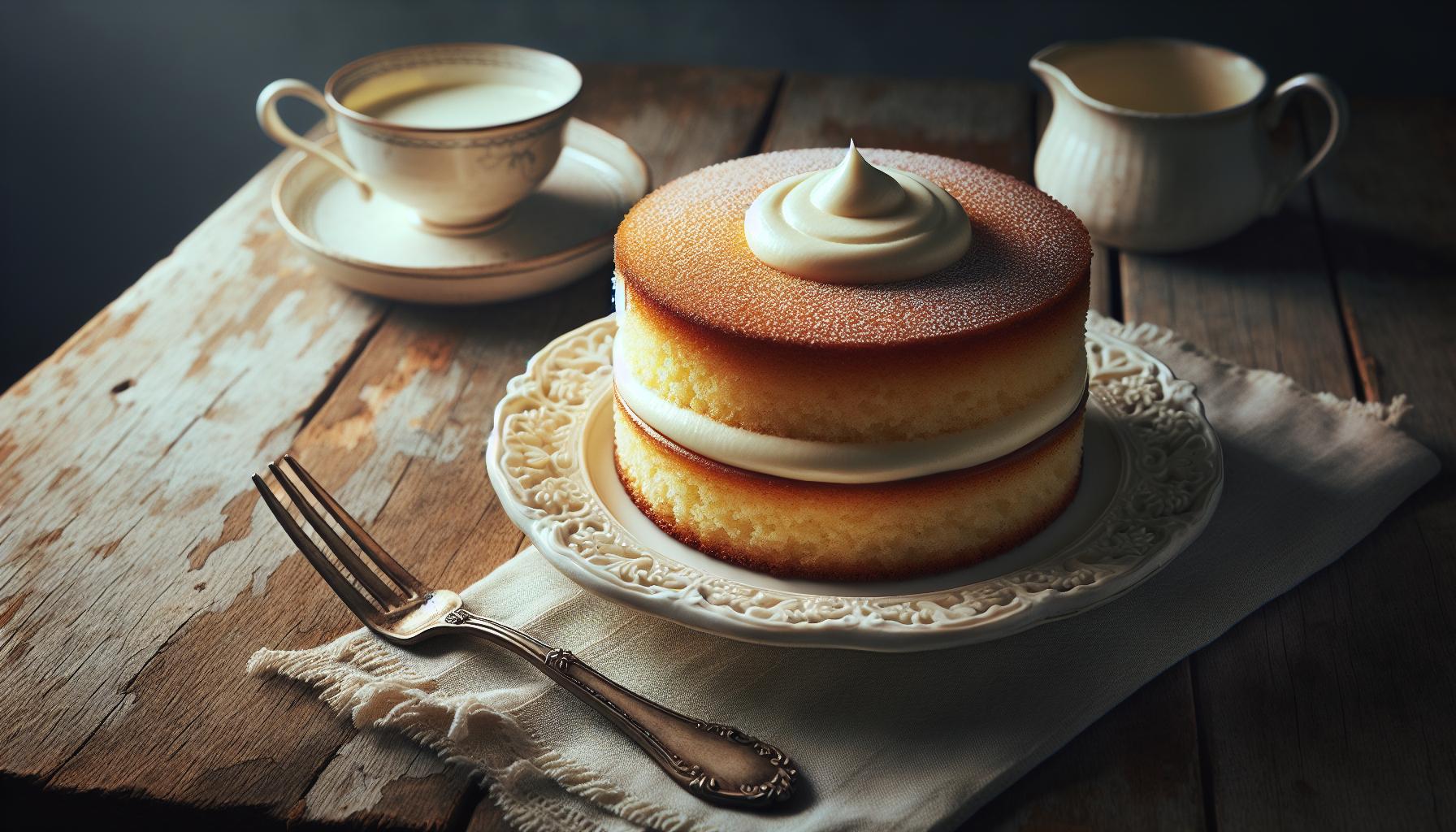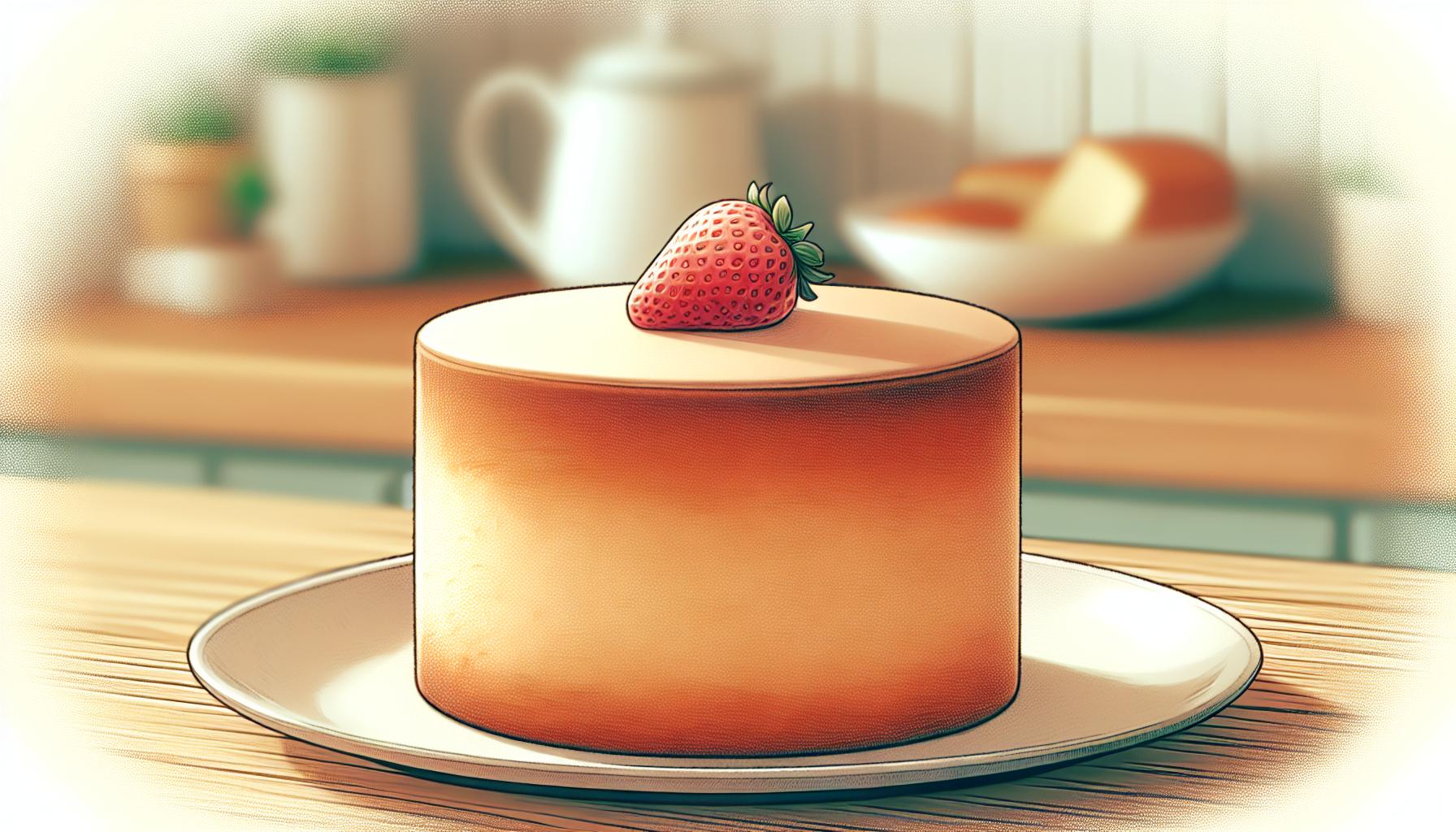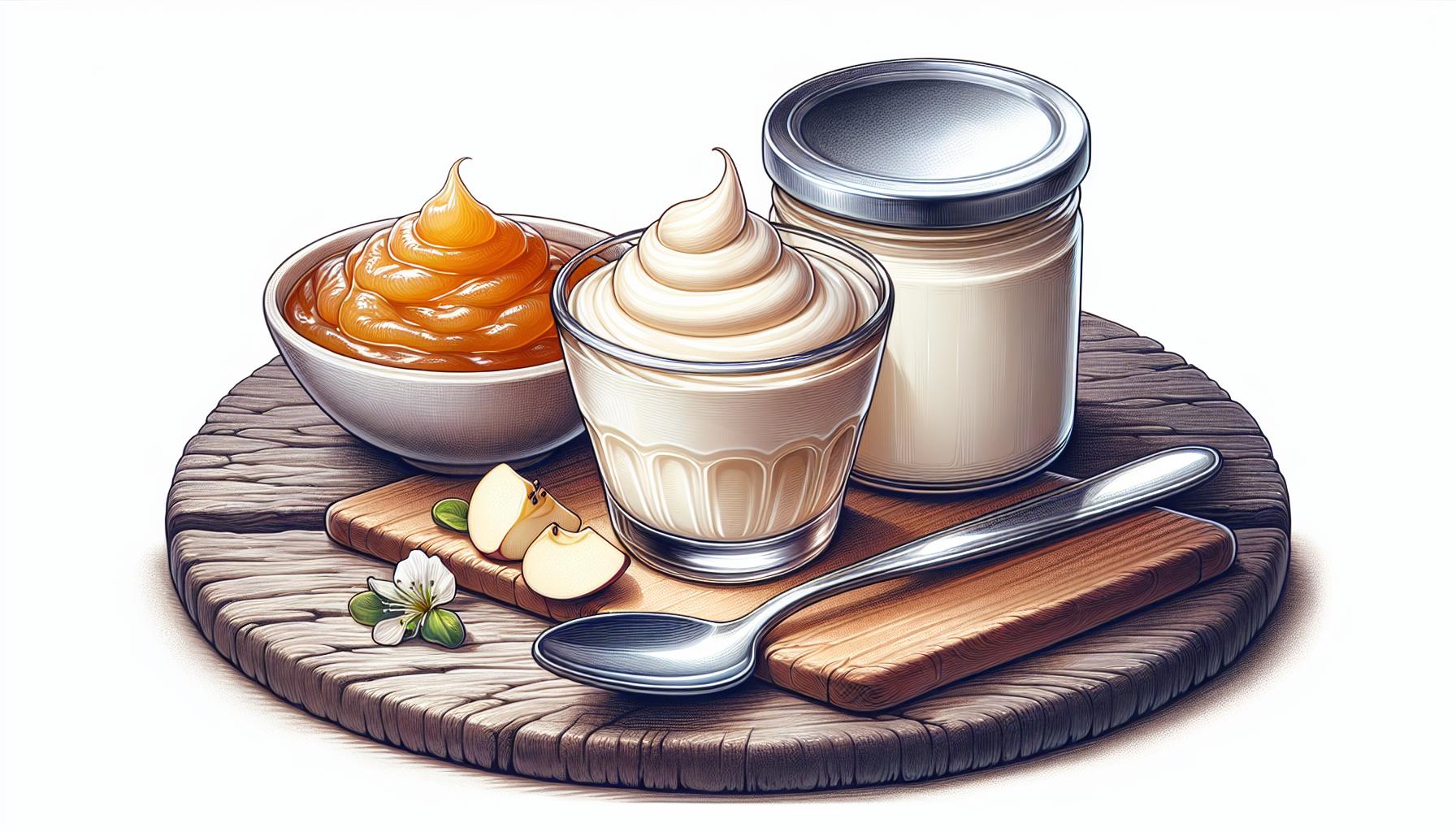Getting your wisdom teeth removed can feel like a big relief, but it also comes with a lot of questions about what you can and can’t eat during recovery. If you’ve been eyeing that slice of cake in the fridge, you’re probably wondering if it’s safe to indulge. After all, comfort foods can make recovery a bit more bearable.
The truth is, your diet plays a huge role in how well and how quickly you heal. Certain foods, even sweet treats like cake, might be okay in moderation—if prepared the right way. But it’s important to know what textures and ingredients to avoid to prevent irritating your healing gums. Let’s dive into whether cake can be part of your post-surgery menu and how to enjoy it without risking your recovery.
Can I Eat Cake After Wisdom Teeth Removal?
Yes, cake can be eaten after wisdom teeth removal if it’s soft, moist, and free of hard or chewy components. Avoid cakes with nuts, seeds, caramel, or crunchy toppings, as these can irritate healing gums or become lodged in surgical sites.
Soft cakes like sponge cake or angel food cake are more suitable. These varieties don’t require much chewing, reducing the risk of strain on sensitive areas.
Skip icing or frosting that’s overly sweet or sticky. Excessive sugar may promote bacterial growth near the surgical site, potentially delaying healing. If the frosting is light and smooth, it can be consumed in small amounts.
Portion size matters. Large servings could increase chew time, straining the jaw. Opt for small, manageable bites to prevent discomfort. Always ensure cakes are at room temperature; hot or cold foods can irritate sensitive gums or teeth.
Understanding Post-Surgery Diet

Following wisdom teeth removal, a balanced and appropriate diet supports recovery and minimizes discomfort. Adopting soft and safe foods while avoiding harmful options ensures proper healing.
Importance Of Soft Foods
Soft foods prevent discomfort and reduce pressure on the surgical sites. They promote healing by minimizing chewing and avoiding harm to sensitive areas. Examples include mashed potatoes, yogurt, pudding, and scrambled eggs. These foods provide necessary nutrients and are easy to consume without irritating the gums.
Moist textures, like well-cooked pasta or rice, also offer variety while adhering to dietary restrictions. Smooth, cold items, such as ice cream and milkshakes (without crunchy mix-ins), can alleviate swelling and provide soothing relief during recovery.
Foods To Avoid After Wisdom Teeth Removal
Certain foods can disrupt healing or cause complications. Hard items, like chips, nuts, and popcorn, risk becoming lodged in surgical areas and delay recovery. Sticky foods, such as caramel and gummy candies, may dislodge stitches or irritate wounds.
Hot or spicy foods should be avoided, as they can inflame surgical sites. Acidic options, including citrus fruits and tomatoes, may cause irritation. Chewy items, like bread with crusts or tough meats, can strain the jaw and increase discomfort.
Opting for safe food choices reduces risks of pain, infection, and prolonged healing.
Is Cake Safe To Eat After Wisdom Teeth Removal?

Soft and moist cake is generally safe to eat after wisdom teeth removal when chosen and prepared correctly. It’s essential to avoid types of cake that may irritate the surgical sites or hinder the healing process.
Types Of Cake To Consider
- Sponge Cake
Sponge cake, with its light and fluffy texture, is easy to consume without much chewing. It’s a safe option for tender gums.
- Angel Food Cake
This airy dessert doesn’t have hard or sticky components, making it gentle on healing areas. Its minimal density reduces the risk of irritation.
- Pound Cake
Soft pound cake with a simple composition works well. However, avoid versions with added nuts, seeds, or a hardened crust.
- Plain Cheesecake
Cheesecake that’s smooth in texture and lacks toppings requiring excessive chewing can be a satisfying choice.
Recommended Modifications For Cake
- Remove Hard Additions
Hard toppings or fillings like nuts, seeds, chocolate chunks, or caramel should be avoided to prevent irritation or debris in surgical sites.
- Limit Sticky Frosting
Excessive frosting, particularly sweet and sticky types, may promote bacterial growth and delay healing. Opt for thin layers or frosting-free cakes.
- Serve At Room Temperature
Cold or hot cakes can irritate sensitive gums. Ensure the cake is served at room temperature for a more comfortable eating experience.
- Cut Into Small Pieces
Smaller portions reduce the need for chewing and help avoid straining or causing discomfort during recovery.
- Moisturize Dry Cake
If the cake seems dry, adding a small amount of milk or a soft syrup can improve its texture without increasing the risk of irritation.
Potential Risks Of Eating Cake Too Soon

Consuming cake too soon after wisdom teeth removal can pose risks that may interfere with the healing process. Understanding these risks ensures better decision-making during recovery.
Sugar And Delayed Healing
Excess sugar in cakes promotes bacterial growth, which can increase the chance of infection and delay healing. Sugary residues may irritate surgical sites, particularly if oral hygiene is compromised after the procedure. Cakes with thick icings or rich fillings, like buttercream or caramel, leave sticky residues that are harder to clean, further contributing to bacterial buildup. Opting for cakes with minimal sugar content reduces these risks.
Consistency Challenges
Certain cake textures or ingredients can disrupt healing if consumed prematurely. Dry or crumbly cakes, like dry sponge or pound cake, can break into small bits that may lodge in extraction sites. Cakes containing firm or chewy components, such as nuts, candied fruit, or chocolate chunks, create unnecessary strain on healing gums and risk reopening wounds. Choosing soft and moist cakes without abrasive elements minimizes potential complications.
Alternative Sweet Treats For Recovery

Finding gentle, sweet options can make recovery after wisdom teeth removal more enjoyable. Choosing soft, nutrient-rich treats supports healing without causing discomfort.
Smooth Puddings And Yogurts
Puddings and yogurts are ideal recovery-friendly sweets. Their smooth texture minimizes pressure on sensitive areas, and they provide essential nutrients. Options like vanilla or chocolate pudding work well, as they’re gentle on gums and easy to swallow. Greek yogurt, which offers protein and probiotics, can aid healing. Avoid yogurts with crunchy toppings, like granola or seeds, to prevent irritation.
Fruit Purees And Other Options
Fruit purees offer natural sweetness alongside vitamins that promote tissue repair. Applesauce or mashed bananas make excellent choices, as they’re both soft and nourishing. Unsweetened versions reduce sugar intake, which could otherwise impact healing. Smooth frozen treats, like sorbets or yogurt-based fruit popsicles, can also soothe swelling while satisfying cravings. Stay away from citrus-based purees or sour fruits, as their acidity may irritate surgical sites.
Recovery Tips For Eating After Surgery

Following wisdom teeth removal, choosing the right foods and maintaining proper care is key to a smooth recovery. Adopting the correct eating habits minimizes complications and promotes healing.
Maintaining Oral Hygiene
Keeping the mouth clean after surgery prevents infections. I rinse my mouth gently with a prescribed or saltwater solution 24 hours after the procedure to clean surgical sites. Avoid using regular mouthwash, as alcohol-based products can irritate the area. I clean my teeth carefully with a soft-bristled toothbrush, ensuring I don’t disturb the surgical sites. After eating soft or sweet foods like cake, I rinse to remove any lingering particles, reducing the risk of bacterial growth.
Listening To Your Dentist’s Advice
Following specific recommendations from my dentist ensures faster healing. Dentists often provide personalized dietary guidelines, including how long to avoid solid foods and when I can safely introduce specific snacks like soft cake. I adhere to any restrictions on chewing and avoid using straws for drinks to prevent dislodging clots. Any unusual symptoms, such as excessive pain or swelling, are reported to my dentist immediately for proper assessment.
Conclusion
Eating cake after wisdom teeth removal is possible if you make mindful choices and prioritize your recovery. Opt for soft, moist cakes without crunchy or sticky elements to avoid irritating your healing gums. By sticking to dentist-approved dietary guidelines and maintaining good oral hygiene, you can enjoy a small treat while supporting a smooth recovery. Always listen to your body and consult your dentist if you’re unsure about specific foods during this healing period.
Frequently Asked Questions
Can I eat cake after wisdom teeth removal?
Yes, you can eat cake after wisdom teeth removal, but it must be soft, moist, and free of hard or chewy components like nuts or caramel. Avoid overly sugary or sticky frosting to minimize bacterial growth. Small bites of sponge cake or angel food cake are ideal.
What types of cake are safe to eat after surgery?
Soft cakes, such as sponge cake or angel food cake, are safe. Ensure they have no hard, crunchy, or chewy elements. Avoid cakes with seeds, nuts, or a dry texture, as these can irritate healing gums.
Can sugary cake impact healing after surgery?
Yes, excessive sugar can promote bacterial growth, increasing the risk of infection and potentially delaying healing. Opt for cakes with mild sweetness and consume in moderation to avoid complications.
Should I eat cake right after my surgery?
It’s best to wait at least 24 hours after surgery before eating cake. During this time, stick to very soft or cold foods like yogurt, pudding, or applesauce to help prevent irritation at the surgical site.
How should I prepare cake for easier consumption?
Serve the cake at room temperature to avoid aggravating sensitive areas. Cut it into small, manageable pieces and ensure it is moist and soft. Avoid adding toppings like sugary icing or sprinkles.
What are good alternatives to cake during recovery?
Smooth options like pudding, yogurt, applesauce, and mashed bananas are excellent alternatives. These foods are gentle on healing gums, provide essential nutrients, and help satisfy sweet cravings without disrupting recovery.
What foods should I avoid during recovery?
Avoid hard foods like chips and nuts, sticky items like caramel, and acidic or spicy foods. These can irritate healing gums, cause complications, or increase discomfort.
How does food choice impact healing after wisdom teeth removal?
A proper diet supports faster healing and minimizes complications. Eating soft, nutrient-rich foods prevents irritation and reduces the risk of infection, promoting tissue repair and overall recovery.
How do I maintain oral hygiene after wisdom teeth removal?
Wait 24 hours before rinsing gently with a saltwater solution. Use a soft-bristled toothbrush to clean teeth, avoiding the surgical areas. Avoid alcohol-based mouthwash and follow your dentist’s aftercare instructions closely.
What signs indicate a possible issue with recovery?
Signs such as increased swelling, excessive pain, unusual discharge, or foul odor from the extraction site may indicate infection or healing complications. Contact your dentist immediately if you notice these symptoms.
